Home>Interior Design>Interior Designer Katie Ridder’s Top 13 Decorating Rules – For The Perfectly Finished Space
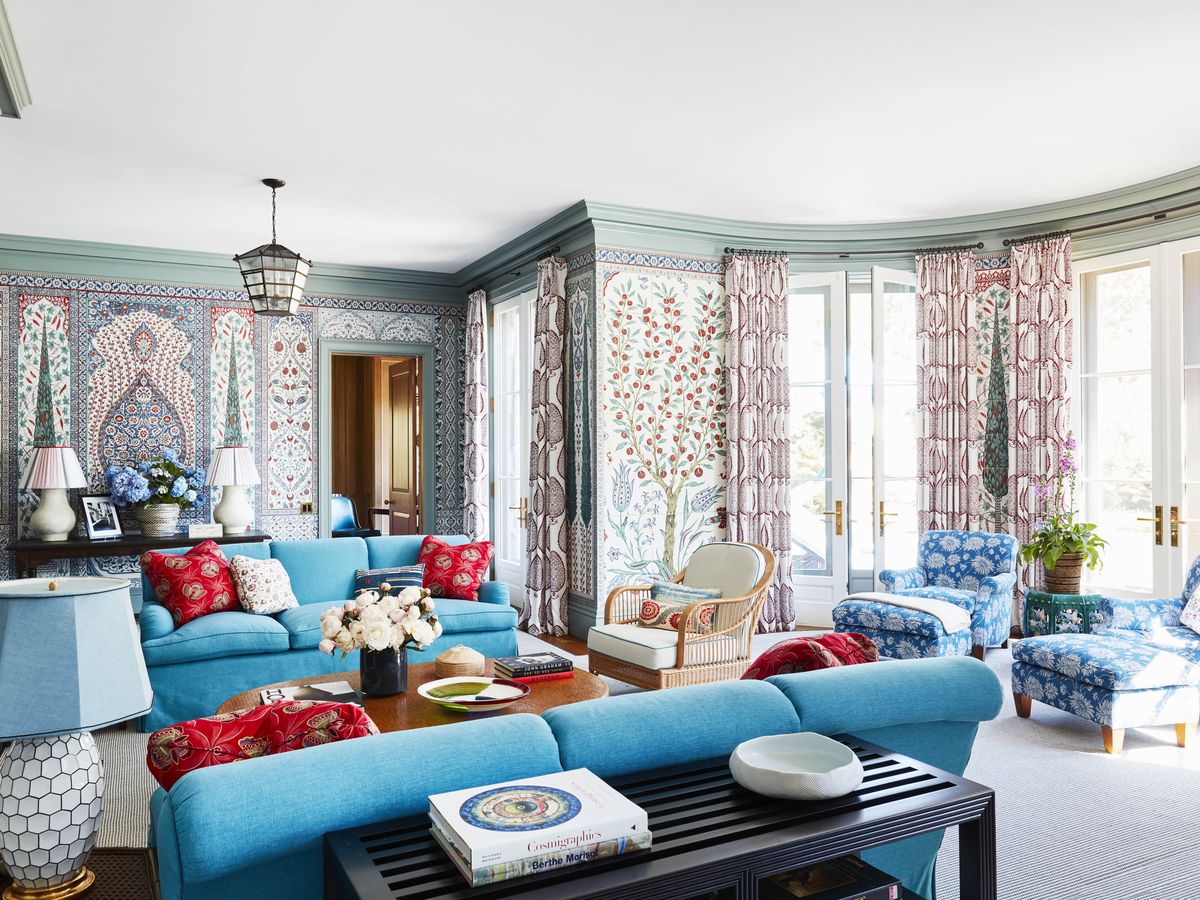

Interior Design
Interior Designer Katie Ridder’s Top 13 Decorating Rules – For The Perfectly Finished Space
Modified: October 20, 2024
Discover the top 13 decorating rules from renowned interior designer Katie Ridder, ensuring a perfectly finished space. Enhance your interiors with expert advice on interior design.
(Many of the links in this article redirect to a specific reviewed product. Your purchase of these products through affiliate links helps to generate commission for Storables.com, at no extra cost. Learn more)
Introduction
When it comes to interior design, creating a perfectly finished space requires more than just a keen eye for aesthetics. It requires a thoughtful approach, careful planning, and a deep understanding of the principles that govern the art of design. Renowned interior designer Katie Ridder has spent years honing her craft and perfecting her techniques, and she graciously shares her top 13 decorating rules for achieving a beautifully designed space.
From selecting a focal point to incorporating artwork and accessories, these decorating rules serve as a guide to help you transform your space into a haven of elegance and style. So, whether you are a design enthusiast looking to spruce up your home or a professional interior designer seeking inspiration, read on to discover the key principles that will elevate your interior design game.
Key Takeaways:
- 1. Interior design is a thoughtful process that involves choosing a focal point, measuring and planning the space, and considering the function of the room to create a harmonious and visually appealing environment.
- 2. Incorporating personal touches, layering design elements, and carefully editing and refining the space are essential steps in creating a polished and cohesive interior that reflects individual style and brings joy and comfort.
Read more: How To Fix E2 Error In A Washing Machine
Rule 1: Choose a focal point
When it comes to interior design, having a focal point is essential. A focal point is a visual anchor that draws the eye and sets the tone for the entire space. It serves as a centerpiece and helps create a sense of balance and harmony in the room.
When selecting a focal point, consider the room’s purpose and its architectural features. It could be a stunning piece of artwork, a fireplace, a statement piece of furniture, or even a picturesque view from a window. Once you have identified the focal point, arrange the other elements in the room to complement and enhance it.
For example, if your focal point is a captivating piece of artwork, place it on a wall that is visible from the entryway or where it can be easily seen from the main seating area. Surround it with furniture or accessories that add to its beauty, but be careful not to overwhelm or distract from the main focal point.
Remember, a focal point doesn’t necessarily have to be bold or extravagant. It can also be achieved through the strategic use of color, texture, or pattern. The key is to ensure that it captures attention and adds visual interest to the space without overwhelming it.
By choosing a focal point, you create a sense of purpose and direction in the room. It becomes the starting point for your design concept and allows you to build a cohesive and visually appealing space around it.
Rule 2: Measure and plan your space
In interior design, the saying “measure twice and cut once” holds true. Before diving into any design project, it is crucial to accurately measure and plan your space. This step ensures that your furniture and decor choices will fit seamlessly and functionally within the room.
Start by measuring the dimensions of the room, including the length, width, and height. Take note of any architectural features, such as windows, doors, or pillars, that may impact the placement of furniture or the flow of the space.
Once you have the measurements, create a scaled floor plan using graph paper or a digital design tool. This will help you visualize how different furniture pieces and layouts will fit in the space. Consider the traffic flow and the purpose of each area within the room. For example, in a living room, you may want to create separate conversation zones or designate a specific area for a television or fireplace.
Having a well-planned space ensures that you make the most of every square inch and that there is a harmonious balance between functionality and aesthetics. It also helps prevent the frustration of purchasing furniture or decor items that are either too large or too small for the room.
Additionally, consider the scale of your furniture in relation to the room. Oversized furniture can make a small space feel cramped, while tiny furniture can get lost in a spacious room. Finding the right balance will create a visually pleasing and comfortable environment.
By taking the time to measure and plan your space, you set yourself up for success in designing a functional and visually appealing interior.
Rule 3: Consider the function of the room
One of the fundamental principles of interior design is to consider the function of the room. Understanding how the space will be used and who will be using it is essential in creating a well-designed and practical environment.
Before diving into the design process, ask yourself some key questions. What is the primary purpose of the room? Is it a living room for relaxation and entertainment or a home office for focused work? Is it a bedroom for restful sleep or a kitchen for cooking and socializing?
Once you have identified the function, consider the needs and preferences of the people who will be using the room. For example, if you are designing a family room, you may need to incorporate durable and kid-friendly furniture and materials. If you are designing a home office, prioritize comfort and organization to promote productivity.
Thinking about the function of the room will also help you determine the layout and arrangement of furniture. For instance, in a dining room, ensure there is enough space for people to move around the table comfortably. In a bedroom, create a cozy and inviting atmosphere by placing the bed as the focal point.
Moreover, take into account any specific activities or hobbies that will take place in the room. If you are an avid reader, consider creating a comfortable reading nook with a cozy chair and good lighting. If you love to entertain, ensure there is ample seating and a welcoming ambiance for socializing.
By considering the function of the room, you can design a space that not only looks beautiful but also serves its intended purpose. This approach ensures that every element in the room contributes to its overall functionality and enhances the experience of those using it.
Rule 4: Determine your color palette
Color plays a significant role in interior design, setting the tone and mood of a space. Choosing the right color palette is essential in creating a cohesive and visually pleasing environment.
Start by considering the overall atmosphere you want to achieve in the room. Do you prefer a calm and serene ambiance or a vibrant and energetic one? Remember that colors can evoke specific emotions and can affect how you feel in a space.
Next, determine the base color for the room. This color will serve as the foundation and will be the most dominant color in the space. Consider your personal preferences, but also take into account the existing elements of the room, such as the flooring or architectural features. Ensure that the base color complements and enhances these elements.
Once you have chosen the base color, build a color palette around it. You can select complementary colors, which are colors that are opposite each other on the color wheel and provide a vibrant and contrasting effect. Analogous colors, which are colors that are neighboring each other on the color wheel, create a harmonious and cohesive look. Experiment with different combinations to find the one that best suits your taste and the mood you want to achieve.
Consider incorporating a mix of both warm and cool tones to create balance and visual interest. Warm tones, such as reds, oranges, and yellows, create a cozy and inviting atmosphere. Cool tones, such as blues, greens, and purples, evoke a sense of calm and relaxation.
Remember to also take into account the natural light in the room. Certain colors may appear different depending on the lighting conditions. Test the colors in different lighting situations and observe how they change throughout the day.
Lastly, don’t be afraid to add pops of color through accessories, artwork, or accent walls. These elements can inject personality and visual excitement into the space.
By determining your color palette, you create a cohesive and harmonious design that sets the desired mood and atmosphere in the room. It is a powerful tool that can transform a space from ordinary to extraordinary.
Rule 5: Mix patterns and textures
One of the keys to creating visual interest and depth in interior design is to mix patterns and textures. Incorporating a variety of patterns and textures adds dimension and personality to a space, making it visually appealing and inviting.
When mixing patterns, start by selecting a dominant pattern that will serve as the focal point. This pattern should be bold and eye-catching, such as a large-scale floral or geometric design. Once you have chosen the dominant pattern, layer it with complementary or contrasting patterns of different scales. Stripes, plaids, and polka dots are examples of patterns that can be mixed harmoniously.
Keep in mind that when mixing patterns, it is important to consider the color palette. Select patterns that share common colors or tones to create a cohesive look. As a general rule, try to limit the number of patterns in a room to avoid overwhelming the space. A good guideline is to use a maximum of three patterns, including the dominant pattern.
In addition to mixing patterns, incorporating different textures adds depth and tactile interest to a room. This can be achieved through the use of textured fabrics, such as velvet, silk, or linen, as well as through materials like wood, metal, or stone. Consider adding a variety of textures to your furniture, pillows, rugs, and accessories.
For example, pair a smooth and shiny velvet sofa with a chunky knit throw or place a sleek, glass coffee table on a plush, shaggy rug. The contrast between textures creates visual intrigue and adds a luxurious and inviting feel to the space.
When mixing patterns and textures, it’s important to strike a balance. Aim for a combination of bold and subtle patterns, as well as a mix of smooth and textured surfaces. This will create a visually stimulating and harmonious environment.
Remember, mixing patterns and textures allows you to infuse your personal style and creativity into your interior design. It adds character and personality to the space while elevating its overall aesthetic appeal.
Rule 6: Pay attention to lightingLighting is a crucial element in interior design that can greatly impact the overall ambiance and functionality of a space. It not only illuminates the room but also enhances its visual appeal and sets the mood.
When considering lighting, it’s important to think about both natural and artificial light sources. Natural light adds warmth and a sense of openness to a room. Take advantage of windows and skylights to maximize the amount of natural light that enters the space. Keep window treatments minimal to allow for the maximum flow of light. Consider the orientation of your space and how it affects the amount and quality of natural light throughout the day.
Artificial lighting is equally important, as it provides illumination when natural light is limited or non-existent. There are three main types of artificial lighting that should be incorporated: ambient lighting, task lighting, and accent lighting.
Ambient lighting, also known as general lighting, is the overall illumination that fills the room. This can be achieved through overhead lights, chandeliers, or recessed lighting. Ambient lighting creates a comfortable and inviting atmosphere and ensures that the entire space is well-lit.
Task lighting is used to provide focused illumination for specific activities or areas. Examples of task lighting include desk lamps for workspaces, pendant lights or under-cabinet lights for cooking areas, and reading lamps for cozy reading nooks. Task lighting should be adjustable and positioned to minimize shadows and glare.
Accent lighting is used to highlight specific features, artwork, or architectural elements in a room. This can be achieved through track lighting, wall sconces, or picture lights. Accent lighting adds depth and visual interest to the space while creating a dramatic effect.
When planning your lighting scheme, it’s important to consider the different layers of light. A combination of ambient, task, and accent lighting creates a dynamic and well-balanced environment. Incorporate dimmers to have control over the intensity of the light and create different moods throughout the day or for different occasions.
Additionally, do not forget to pay attention to the quality and color of light. Consider using LED bulbs with a color temperature that suits the purpose and mood of each space. Cooler temperatures create a more energizing effect, while warmer temperatures create a cozy and relaxing atmosphere.
By paying attention to lighting, you can transform a room into a well-illuminated and inviting space that is both functional and visually appealing.
Rule 7: Incorporate artwork and accessories
Artwork and accessories are the finishing touches in interior design that add personality and character to a space. They have the power to enhance the overall aesthetic and create visual interest. When incorporating artwork and accessories, it’s important to strike a balance and ensure that they complement the overall design concept.
Start by selecting artwork that speaks to you and resonates with the style and mood you want to achieve in the room. Whether it’s a painting, a photograph, or a sculpture, artwork can serve as a focal point or a statement piece. Consider the size, scale, and color palette of the artwork in relation to the wall or the furniture it will be placed near. Larger pieces can make a bold statement, while smaller pieces can add subtle touches of interest.
When arranging artwork, aim for visual balance. You can create symmetrical arrangements by placing identical pieces on either side of a focal point or focal area. Alternatively, you can create an asymmetrical display by grouping different-sized artworks together, paying attention to the visual weight and spacing between each piece.
In addition to artwork, accessories play a key role in adding personality and visual interest to a space. They can include items such as vases, candles, books, sculptures, or decorative objects. Similar to artwork, select accessories that reflect your personal style and complement the overall design concept.
When styling accessories, consider their placement and arrangement. Group items of various heights and sizes to create visual variety. Look for opportunities to add texture and color through accessories. For example, place a textured throw blanket on a sofa or use colorful pillows to add visual interest to a bed. Mix and match different materials to create a layered and curated look.
Remember, the key to incorporating artwork and accessories is to strike a balance. Avoid overcrowding a space with too many pieces, as it can make the room feel cluttered and overwhelming. Instead, select a few meaningful and visually captivating pieces that will make a statement and bring the room together.
Artwork and accessories are the final layers that truly make a space feel complete and reflect your personal style. Take the time to curate these elements to create a well-designed and visually appealing interior.
When choosing a color scheme for a room, start with a base color and then add in two to three accent colors to create depth and interest in the space.
Rule 8: Select furniture that suits the scale of the room
When it comes to interior design, selecting the right furniture is essential to creating a harmonious and well-proportioned space. Choosing furniture that suits the scale of the room ensures that it not only fits physically but also complements the overall aesthetic and functionality of the space.
Start by assessing the size of the room. Consider the dimensions of the space, including the length, width, and height, as well as the placement of doors, windows, and architectural features. This will give you a clear understanding of the available space and help you determine the furniture size and layout.
A common mistake is choosing furniture that is too large for the room, which can make the space feel cramped and disproportionate. On the other hand, selecting furniture that is too small can make the room appear empty and underutilized. Striking the right balance is crucial.
When selecting furniture, take into account the scale of the room and the other elements within it. For example, in a small living room, opt for a compact sofa and armchairs that provide comfortable seating without overwhelming the space. In a larger room, consider larger furniture pieces to create a sense of proportion and fill the space adequately.
Additionally, think about the flow and functionality of the room. Ensure that there is enough space for people to move around freely and that furniture placement allows for easy navigation. Consider the purpose of the room and select furniture that supports its intended function. For example, in a dining room, choose a table and chairs that provide enough seating and elbow room for dining comfortably.
In terms of style, consider the overall design concept and choose furniture that complements it. For example, in a modern and minimalistic space, opt for sleek and streamlined furniture with clean lines. In a more traditional setting, choose furniture with classic and ornate details.
Remember to measure the furniture before purchasing and visualize it within the room. This will help you determine if it is the right fit and proportion for the space. Pay attention to the height of furniture as well, ensuring that it is appropriate for the room’s scale.
By selecting furniture that suits the scale of the room, you create a visually pleasing and well-proportioned space. It allows for better functionality and flow while enhancing the overall aesthetic appeal of the room.
Rule 9: Create balance and symmetry
Creating balance and symmetry in interior design is essential for achieving a visually pleasing and harmonious space. It brings a sense of order and stability to the room, making it appear more cohesive and well-designed.
Balance can be achieved through the distribution of visual weight in a room. There are two types of balance: symmetrical and asymmetrical. Symmetrical balance is achieved by placing identical or similar objects on either side of a central axis. It creates a sense of formality and order. Asymmetrical balance, on the other hand, involves arranging different objects of varying sizes or shapes in a way that maintains equilibrium. It creates a more casual and dynamic look.
When creating balance, consider the placement of furniture, accessories, and artwork. In a symmetrical arrangement, place identical items, such as two matching armchairs, on either side of a fireplace or a central focal point. In an asymmetrical arrangement, balance the visual weight by placing larger items closer to the center and smaller items farther away.
Balance can also be achieved through the use of color and pattern. For instance, if one side of the room features a bold and vibrant color, balance it out with a softer and more subtle color on the other side. Mixing patterns with different scales can also create visual balance and interest.
In addition to balance, symmetry plays a significant role in creating a visually appealing space. Symmetry refers to the correspondence in size, shape, and arrangement of objects or elements on either side of a central axis. It adds a sense of order and formality to the room.
To introduce symmetry, consider the arrangement of furniture and decor elements. Place identical bedside tables and table lamps on either side of a bed. Position a pair of sconces on either side of a mantel or a mirror. Symmetry can also be achieved through the placement of artwork or the use of decorative accents.
Keep in mind that balance and symmetry do not mean everything has to be perfectly identical or mirrored. It’s about creating a sense of overall equilibrium and visual cohesion. Play with different elements, sizes, and shapes to achieve a balanced and symmetrical look that suits the style and mood of the room.
By creating balance and symmetry, you can elevate the overall aesthetic of a room and create a visually pleasing and well-designed space. It brings a sense of order and harmony, making the room feel more inviting and comfortable.
Rule 10: Don’t forget about storage
When it comes to interior design, storage is often an overlooked aspect. However, incorporating adequate and well-designed storage solutions is essential for maintaining a tidy and organized space. A clutter-free environment not only improves the functionality of a room but also enhances its overall aesthetic appeal.
Start by assessing your storage needs based on the purpose of the room. Consider the items that need to be stored and the frequency of their use. Determine whether you require open storage for display purposes or closed storage to keep items hidden.
Integrate storage solutions seamlessly into the design of the room. Look for furniture pieces that serve double-duty, such as ottomans with hidden storage compartments or shelving units with built-in cabinets. Utilize vertical space by installing floor-to-ceiling shelving or wall-mounted storage units.
In bedrooms, incorporate storage solutions such as dressers, wardrobes, and under-bed storage to keep clothing and personal belongings organized. In living rooms, consider coffee tables with built-in storage or media consoles with compartments for electronics and cables.
Don’t forget about smaller storage solutions as well. Use decorative baskets or bins to corral items like pillows, blankets, or children’s toys. Install hooks or racks for hanging coats, hats, and bags near entryways to keep them easily accessible.
When designing storage areas, ensure that they blend seamlessly with the overall aesthetic of the room. Choose storage pieces that complement the existing furniture and decor. Consider incorporating materials and finishes that are consistent with the overall design style.
Remember to also declutter and regularly reassess your storage needs. Get rid of items that are no longer useful or meaningful to prevent unnecessary accumulation and maintain an organized space. Regularly review and reorganize your storage solutions to maximize their efficiency.
By incorporating smart and well-designed storage solutions, you can keep your space clutter-free and maintain a visually appealing environment. Effective storage not only enhances the functionality of a room but also contributes to a sense of order and tranquility.
Rule 11: Layer your design elements
Layering is a key technique in interior design that adds depth, richness, and visual interest to a space. It involves combining various design elements and textures to create a multi-dimensional and visually appealing environment.
Start by layering the colors in the room. Choose a base color palette and then add complementary or contrasting shades to create depth and dimension. Use different hues on walls, furniture, accessories, and textiles to achieve a layered effect. Consider using shades from the same color family to create a cohesive look.
Next, layer patterns and textures. Mix different patterns, such as stripes, plaids, florals, or geometric prints, to create visual interest. Vary the scale of the patterns to add dimension. Also, incorporate a variety of textures through fabrics, such as velvet, silk, linen, or faux fur, as well as through materials like wood, metal, or stone.
When layering, consider the focal points in the room. Draw attention to those areas by layering elements around them. For example, place textured throw pillows or a cozy blanket on a sofa, or enhance a fireplace mantel with artwork, vases, or decorative objects.
Layering extends beyond colors, patterns, and textures. It also involves layering lighting to create a warm and inviting atmosphere. Combine ambient, task, and accent lighting to add depth and dimension to the room.
Incorporate layering in furniture arrangement as well. Create depth by placing larger furniture pieces closer to walls or windows and smaller pieces in front of them. Add visual interest by placing an ottoman or a side table in front of a larger piece of furniture.
Finally, layer accessories and artwork. Play with different heights, sizes, and shapes to create a visually appealing arrangement. Use items of varying heights, such as vases, candles, or sculptures, to add dimension to a table or a shelf. Hang artwork in different sizes and group them together to create a gallery wall.
Layering is an art that creates a curated and visually captivating space. It adds depth, complexity, and a sense of individuality to your interior design. Experiment with different elements to find the right balance and create a well-layered and aesthetically pleasing environment.
Rule 12: Add personality and personal touches
Incorporating personality and personal touches is a crucial aspect of interior design that transforms a house into a home. Your home should reflect your individuality, experiences, and interests, creating a space that is uniquely yours. Adding personal touches brings warmth, character, and a sense of belonging to the environment.
Start by showcasing your personal style through your choice of furniture, colors, and accessories. This could be through a specific design style, such as mid-century modern, rustic, or minimalist. Select pieces that resonate with you and reflect your taste, whether it’s vintage furniture, bold colors, or eclectic patterns.
Add sentimental value to the space by incorporating meaningful objects and mementos that hold personal significance. Display family photographs, travel souvenirs, or heirlooms on shelves or walls. These items not only add a personal touch but also spark conversations and evoke cherished memories.
Consider incorporating artwork or crafts made by you or your loved ones. Hang paintings, drawings, or photographs that you have created or display handmade pottery or sculptures. This adds a one-of-a-kind and personal aspect to your decor.
Infuse your space with your hobbies and interests. If you are a music enthusiast, create a dedicated area for your instruments or a vinyl record collection. If you enjoy reading, create a cozy reading nook with a bookshelf and a comfortable chair. Let your passions be reflected in the details of your home.
Don’t forget to incorporate elements that reflect your cultural background or heritage. It could be artwork, textiles, or decorative objects that showcase your cultural identity and create a sense of connection to your roots.
Lastly, personalize your space by incorporating elements that bring you joy and make you feel comfortable. Choose scented candles with your favorite fragrance, incorporate plants or flowers that you love, and select cozy textures that appeal to your senses.
Remember, adding personality and personal touches is about creating a space that reflects your unique identity and brings you joy. Surround yourself with items that have meaning and significance to you, making your home a true reflection of who you are and what you love.
Rule 13: Edit and refine your space
Editing and refining your space is the final step in interior design. It involves carefully curating and fine-tuning the elements in your room to achieve a cohesive and polished look. This process ensures that every item and detail serves a purpose and contributes to the overall design concept.
First, step back and assess the room as a whole. Look at the furniture arrangement, accessories, and overall aesthetic. Consider the flow and functionality of the space. Identify any items or elements that do not align with your vision or hinder the harmony of the room.
Begin by decluttering and removing unnecessary items. Take a critical eye and let go of anything that no longer serves a purpose or does not contribute to the overall design concept. Less is often more when it comes to creating an inviting and visually pleasing space.
Next, refine your color palette. Ensure that the colors in the room complement each other and create a cohesive visual impact. Eliminate any colors that clash or disrupt the desired mood or ambiance. This can be achieved by removing or replacing accessories or elements that do not align with the color scheme.
Focus on the balance and symmetry of the room. Make adjustments to furniture placement, artwork arrangement, or accessory positioning to achieve a visually appealing and well-proportioned space. Step back and observe the room from various angles to get a fresh perspective.
Consider the lighting in the room and make any necessary tweaks. Ensure that there is adequate lighting in all areas of the space and that the type of lighting complements the desired mood. Adjust the intensity or placement of lamps, sconces, or pendant lights to create the desired ambiance.
Lastly, add the final finishing touches and details. Pay attention to the small but significant elements such as decorative objects, textiles, and accessories. Make sure they are strategically placed to enhance the overall design concept and create a sense of cohesiveness.
Throughout the editing and refining process, trust your instincts and rely on your own personal sense of style. Your space should ultimately reflect your taste and preferences. Consider seeking the opinion of a trusted friend or family member to get an outside perspective and gather feedback.
The process of editing and refining your space may take time and require periodic reassessment as your tastes and needs evolve. Remember that interior design is a journey and a continuous process of refinement.
By carefully editing and refining your space, you create a cohesive and refined interior that reflects your style and provides a harmonious and visually pleasing environment to enjoy.
Conclusion
Designing a perfectly finished space is a multi-faceted process that requires careful consideration of various elements in interior design. By following these 13 decorating rules, you can transform your space into a haven of elegance and style.
Choosing a focal point sets the tone and direction for the room, while measuring and planning the space ensures that furniture and decor fit seamlessly. Considering the function of the room allows for a design that is both practical and beautiful, and determining the color palette adds depth and emotion.
Mixing patterns and textures brings visual interest, while paying attention to lighting enhances the atmosphere and mood. Incorporating artwork and accessories adds personality and creates a personalized space. Selecting furniture that suits the scale of the room ensures proper proportion, and creating balance and symmetry contributes to a harmonious environment.
Don’t underestimate the importance of storage, as it keeps your space organized and clutter-free. Layering design elements adds depth and richness, and adding personality and personal touches makes your space truly your own. Finally, editing and refining your space ensures a polished and cohesive look.
Remember that interior design is a creative process that should reflect your personal style and preferences. While these rules provide guidance and principles, feel free to bend or adapt them to suit your individual taste and needs.
So, whether you are embarking on a new home project or looking to refresh your existing space, embrace these rules and let your creativity guide you. With dedication, attention to detail, and a touch of your unique personality, you can create a perfectly finished space that reflects your individuality, showcases your style, and brings joy and comfort to your everyday life.
Frequently Asked Questions about Interior Designer Katie Ridder's Top 13 Decorating Rules – For The Perfectly Finished Space
Was this page helpful?
At Storables.com, we guarantee accurate and reliable information. Our content, validated by Expert Board Contributors, is crafted following stringent Editorial Policies. We're committed to providing you with well-researched, expert-backed insights for all your informational needs.







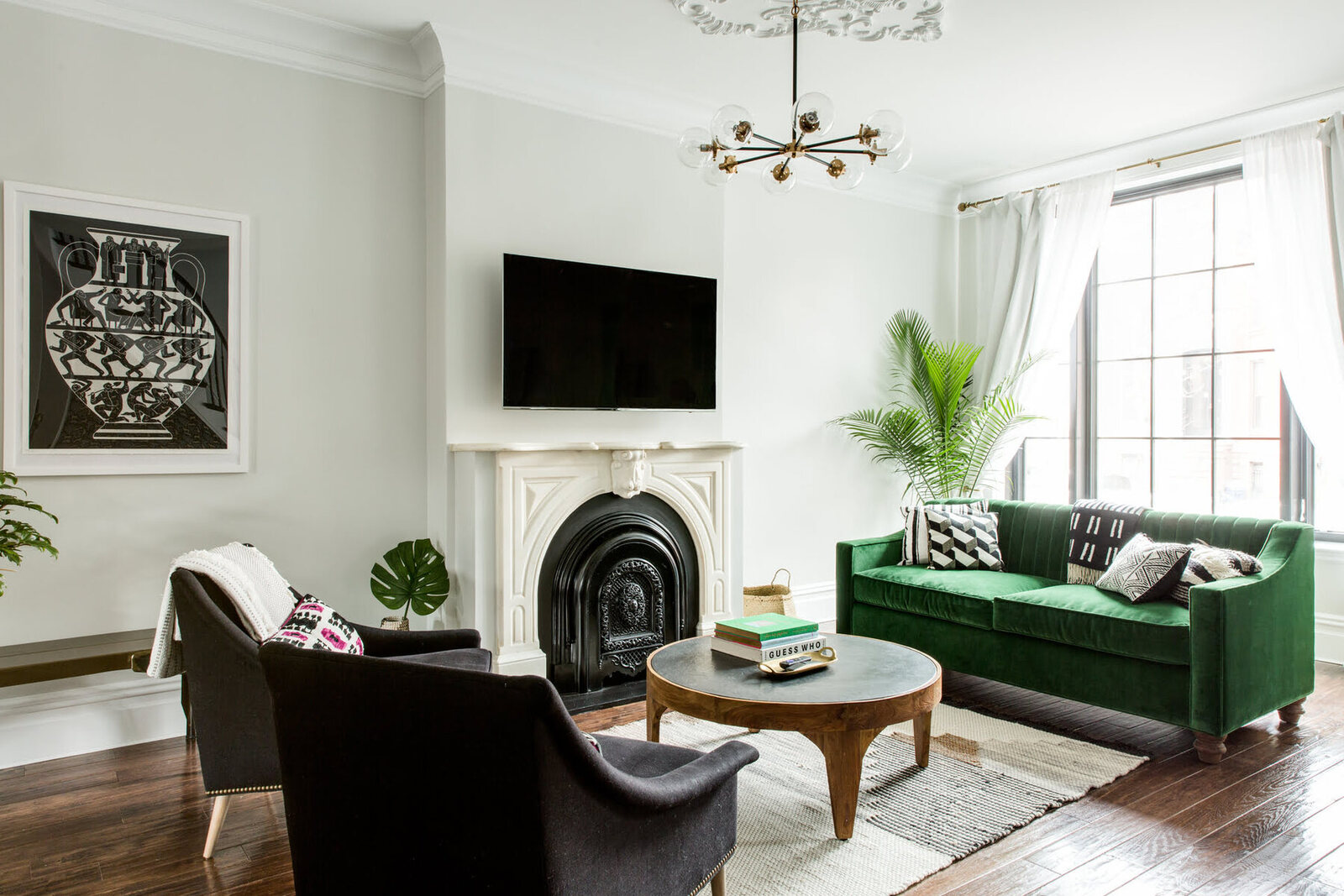
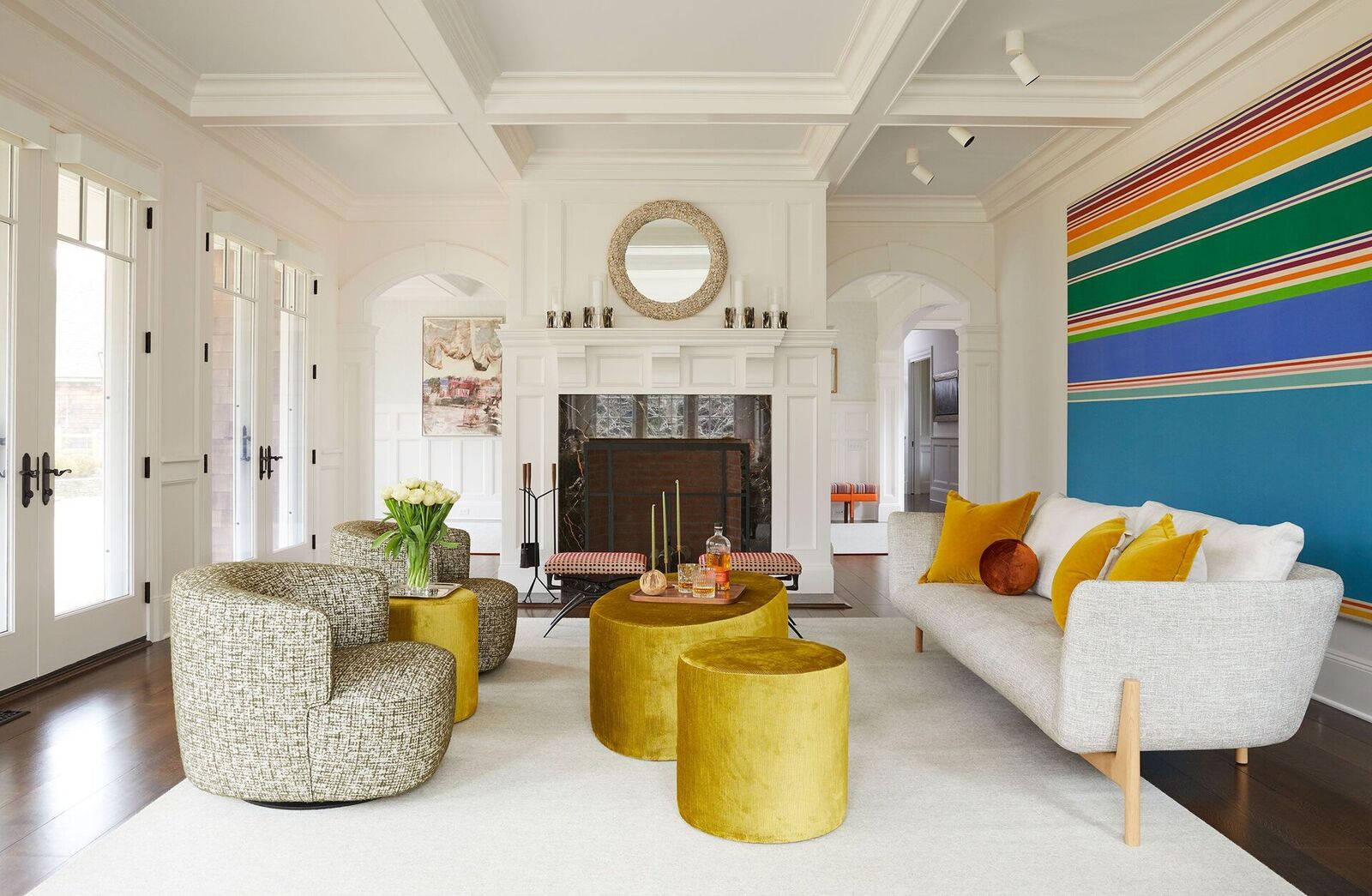
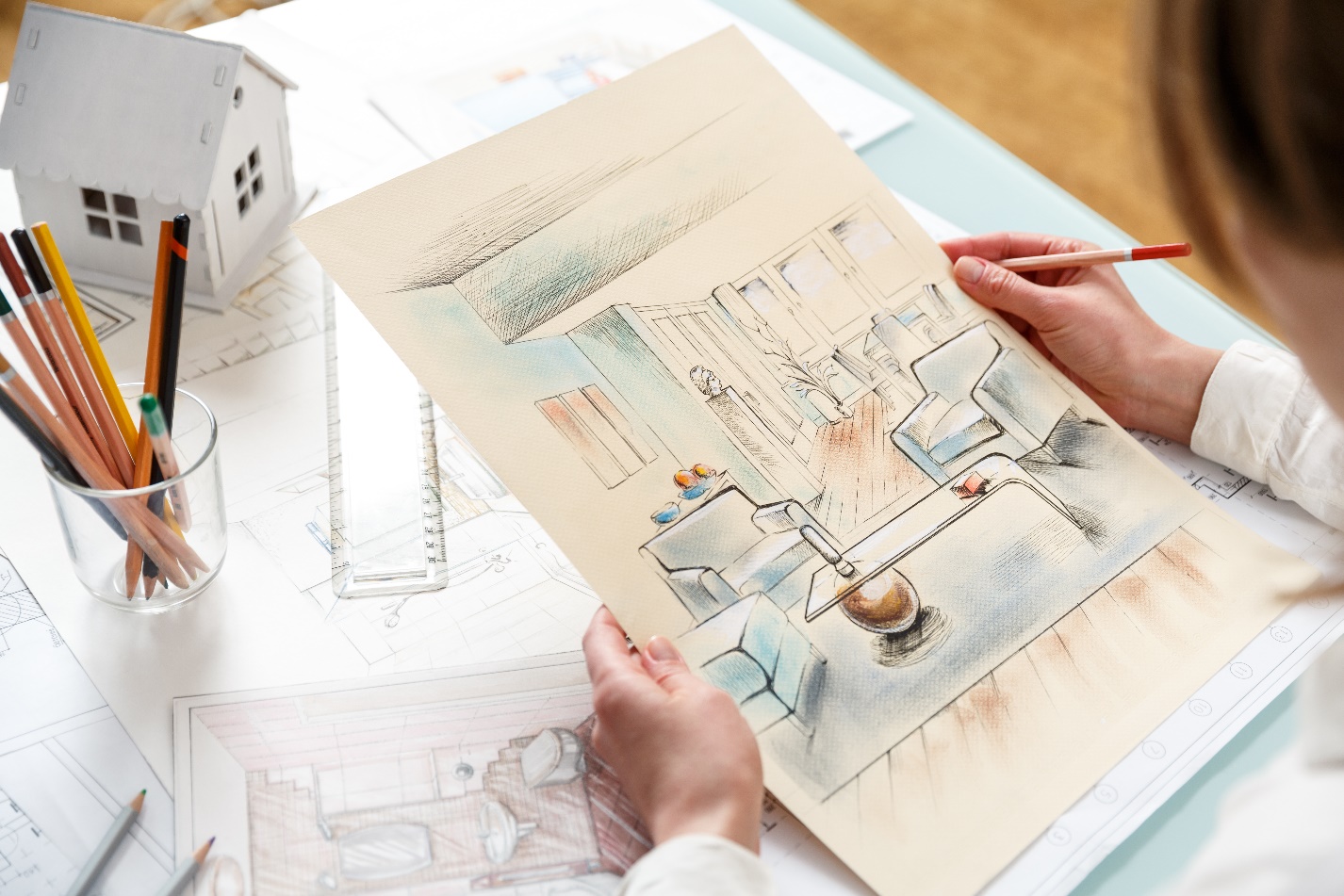
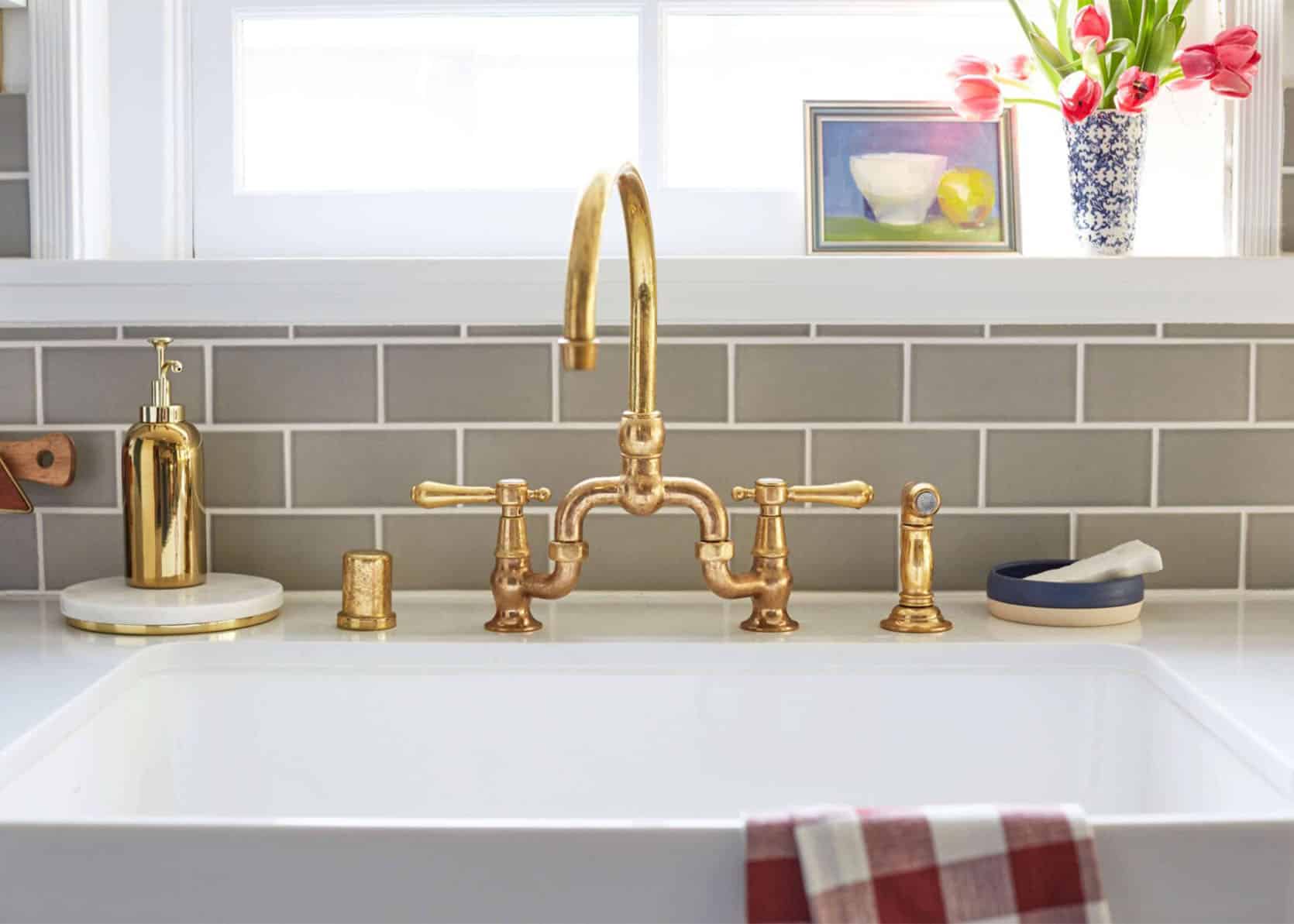
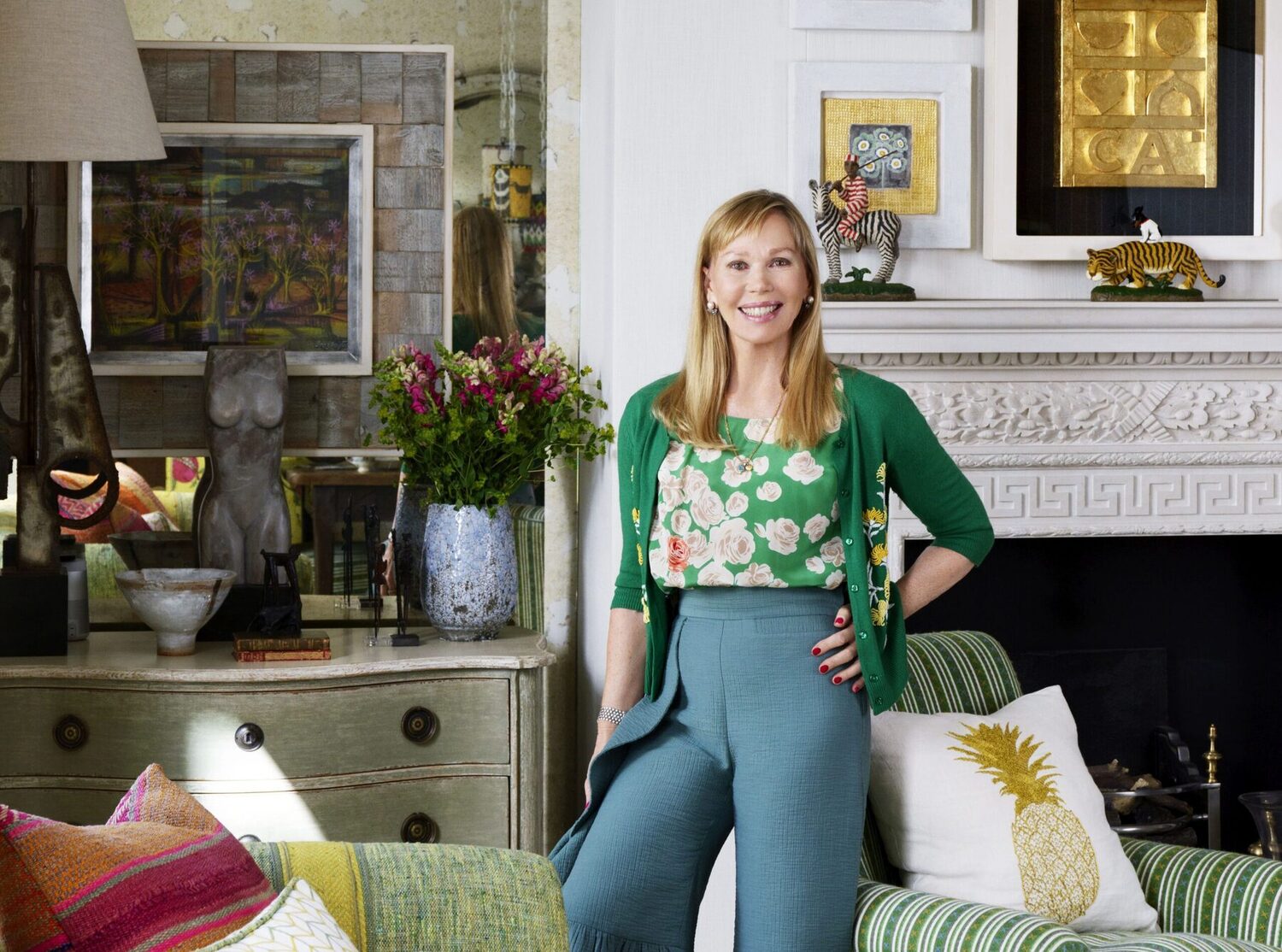

0 thoughts on “Interior Designer Katie Ridder’s Top 13 Decorating Rules – For The Perfectly Finished Space”